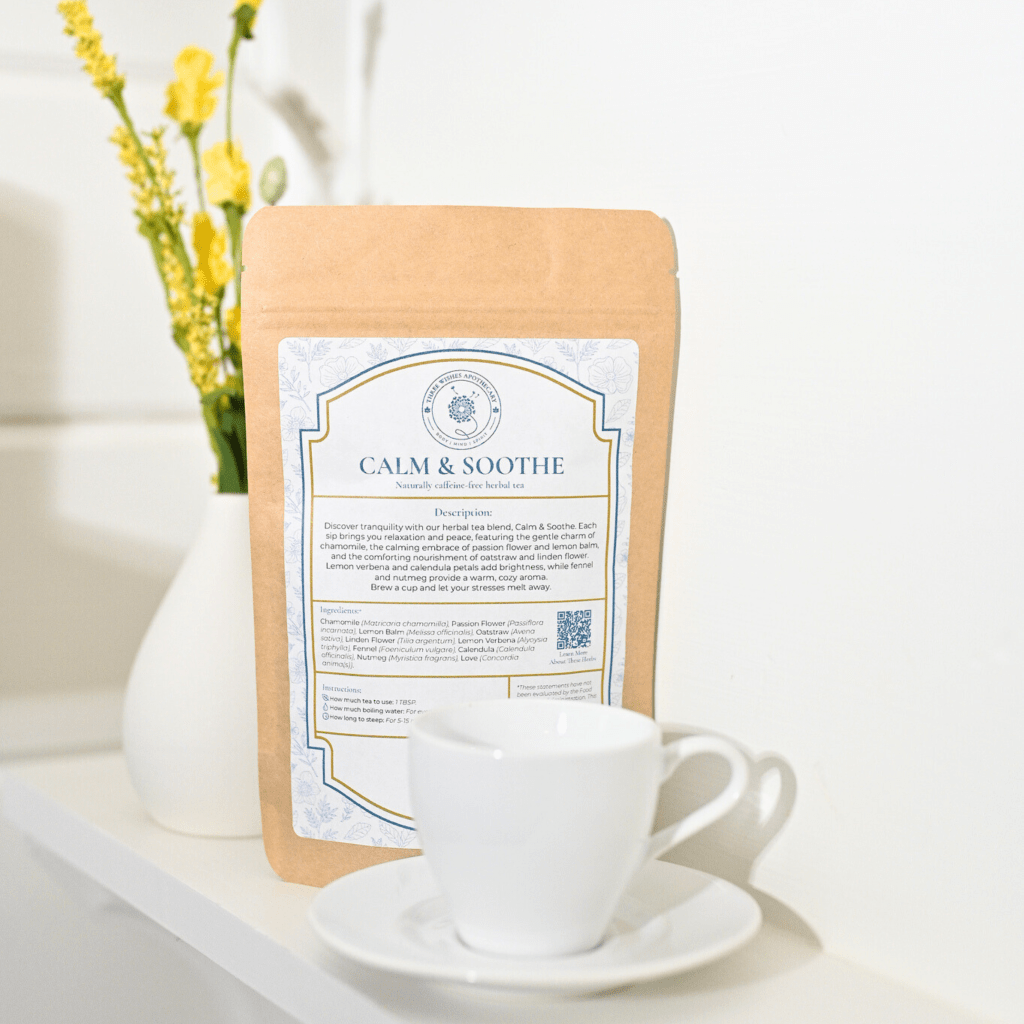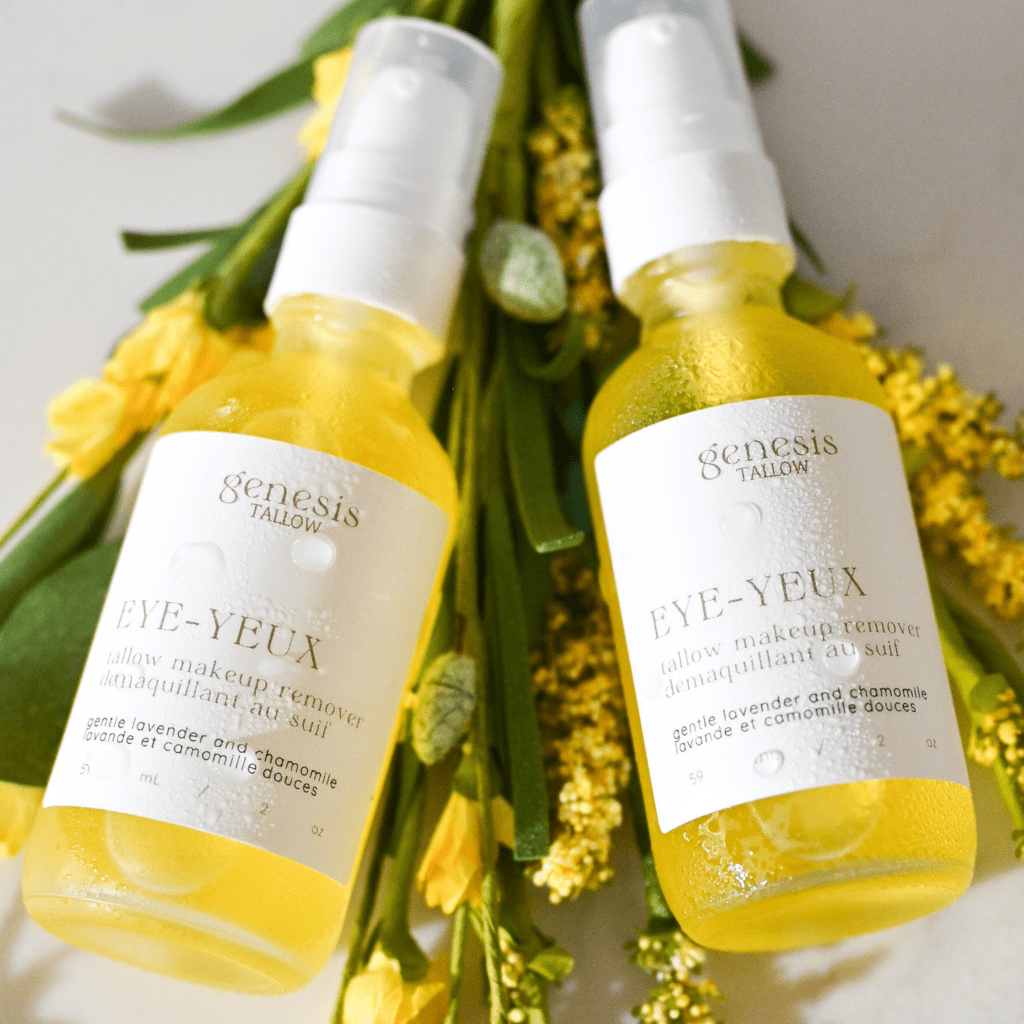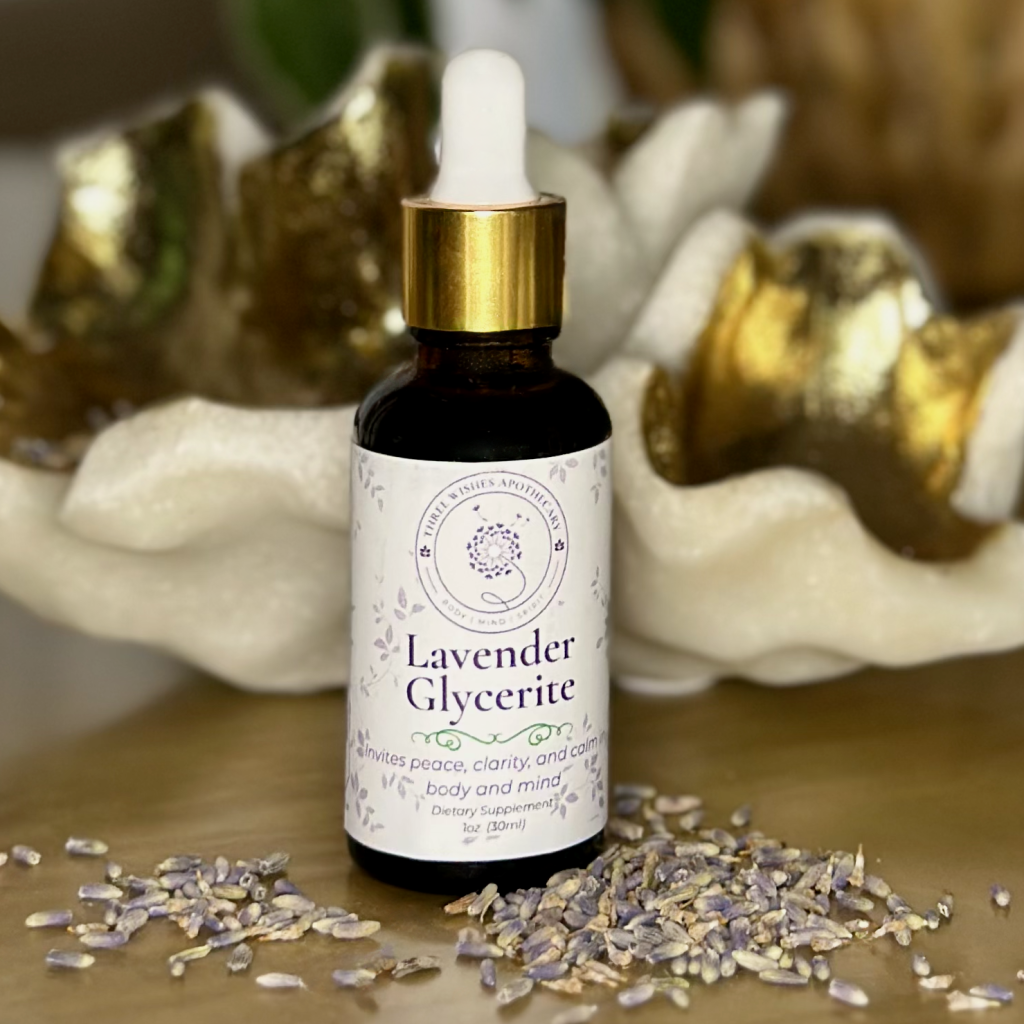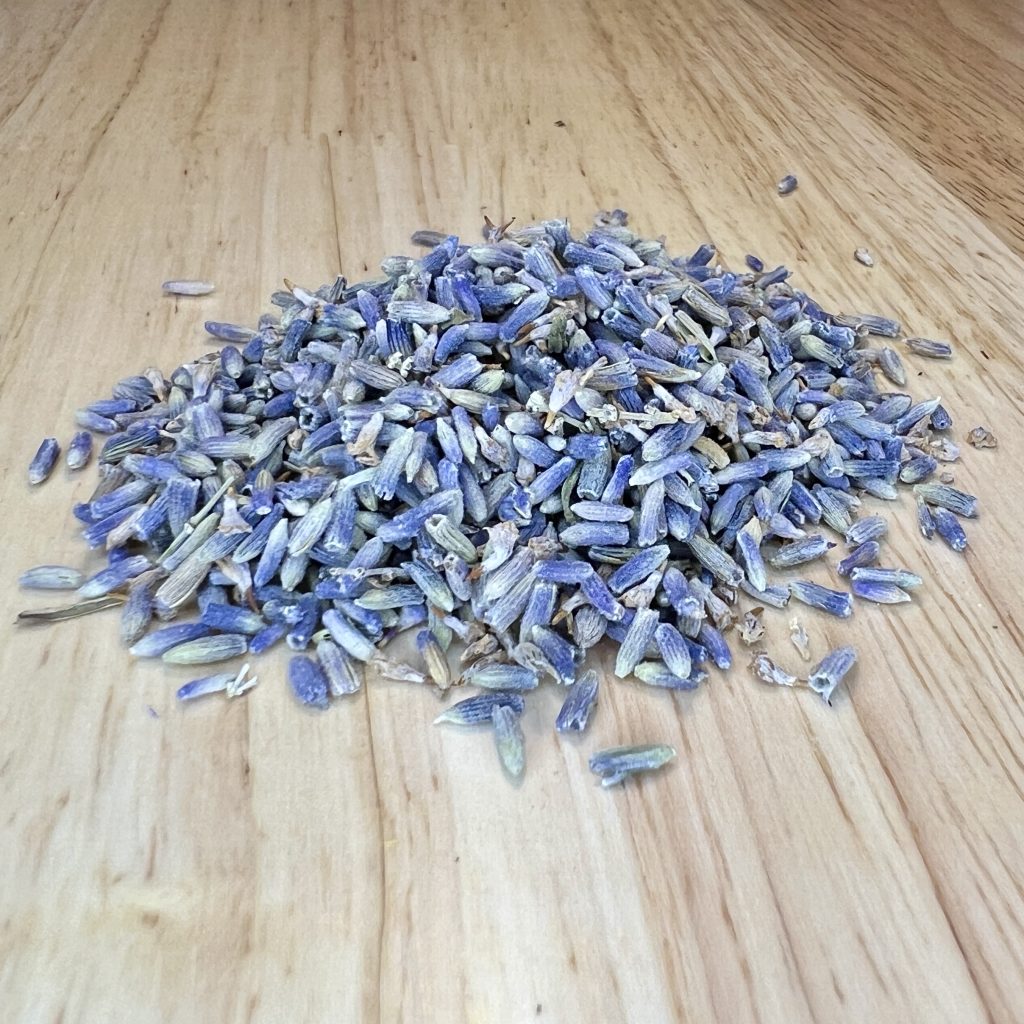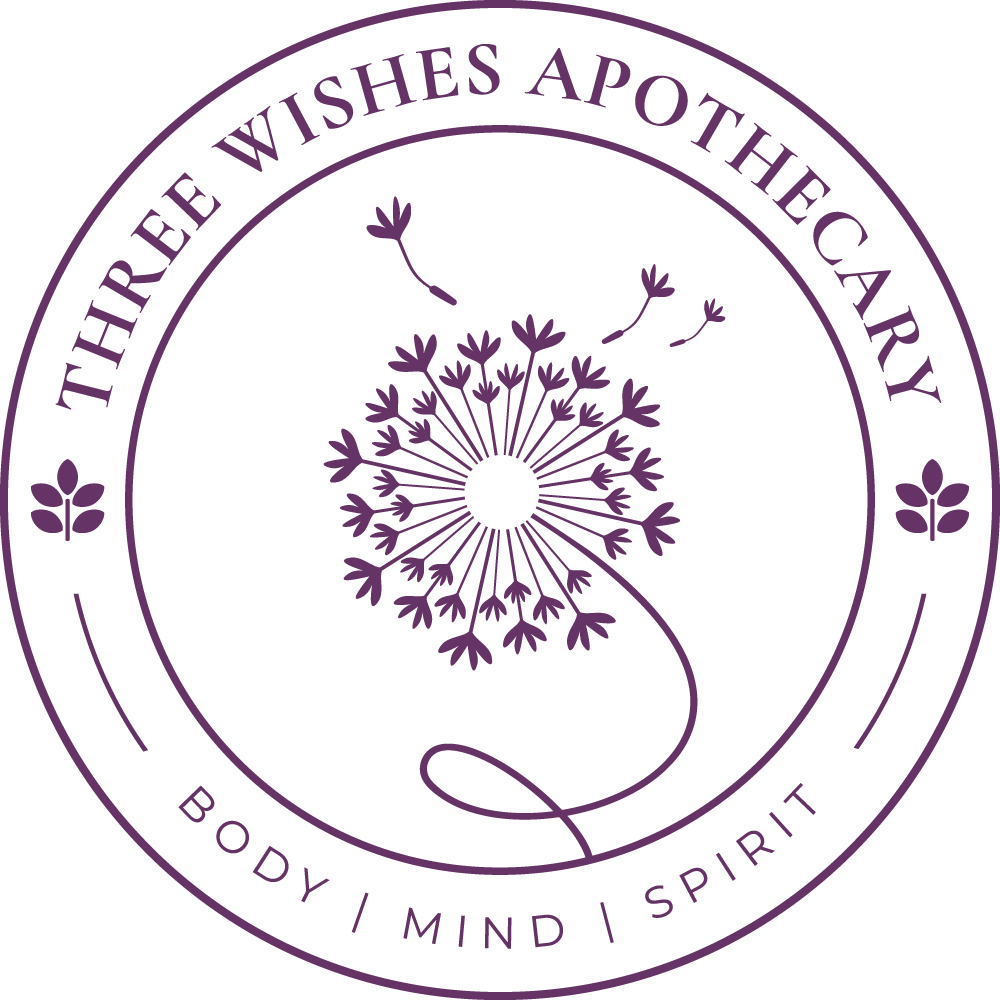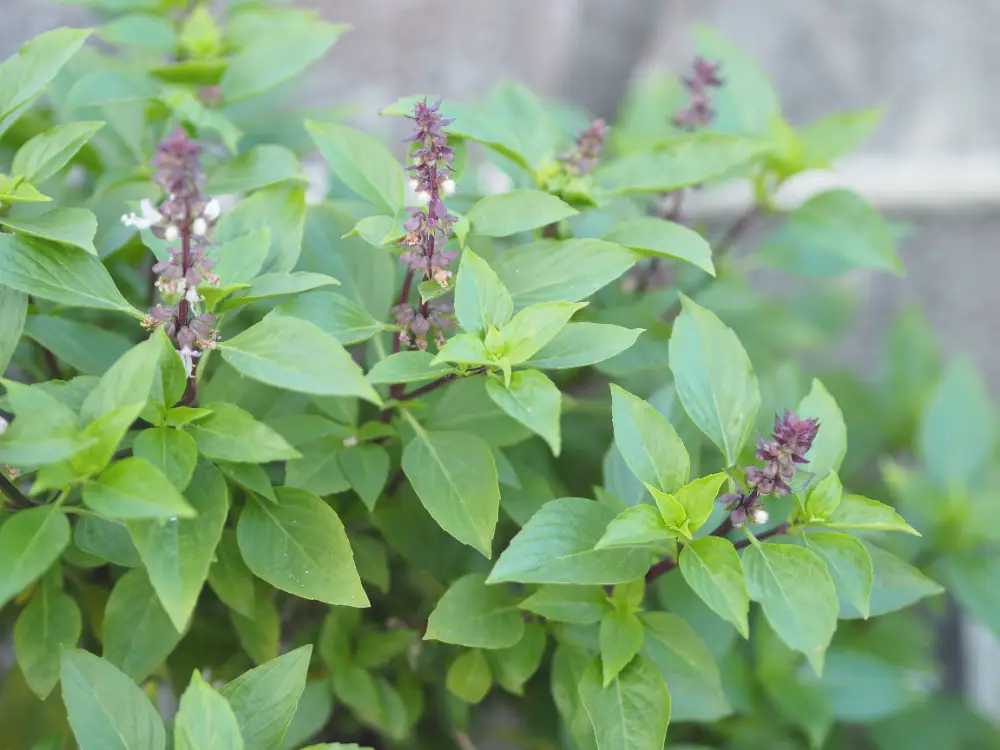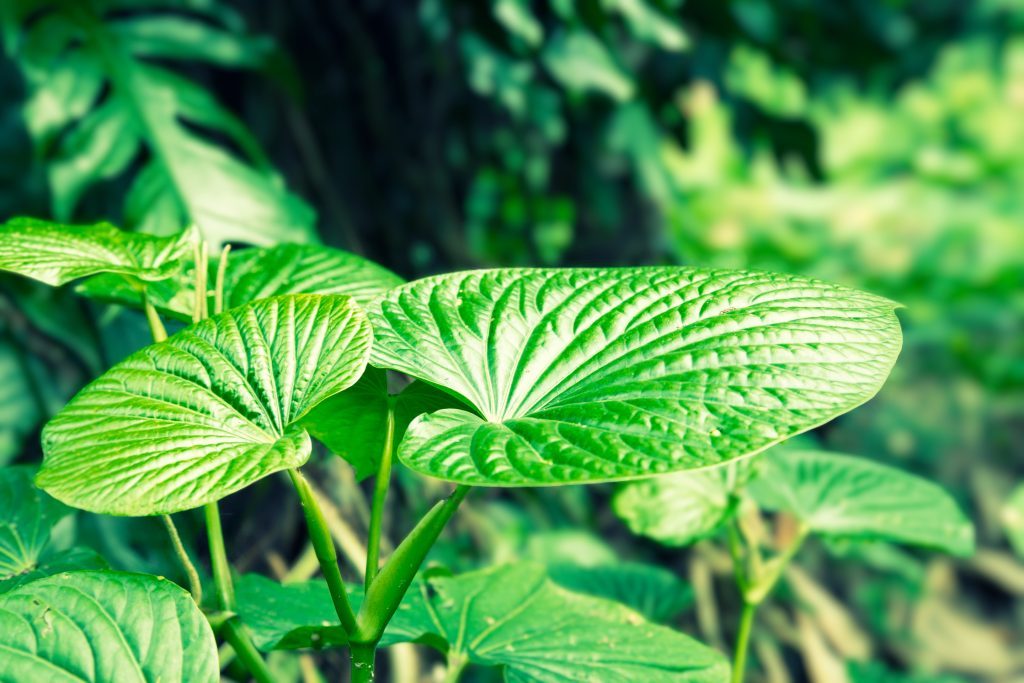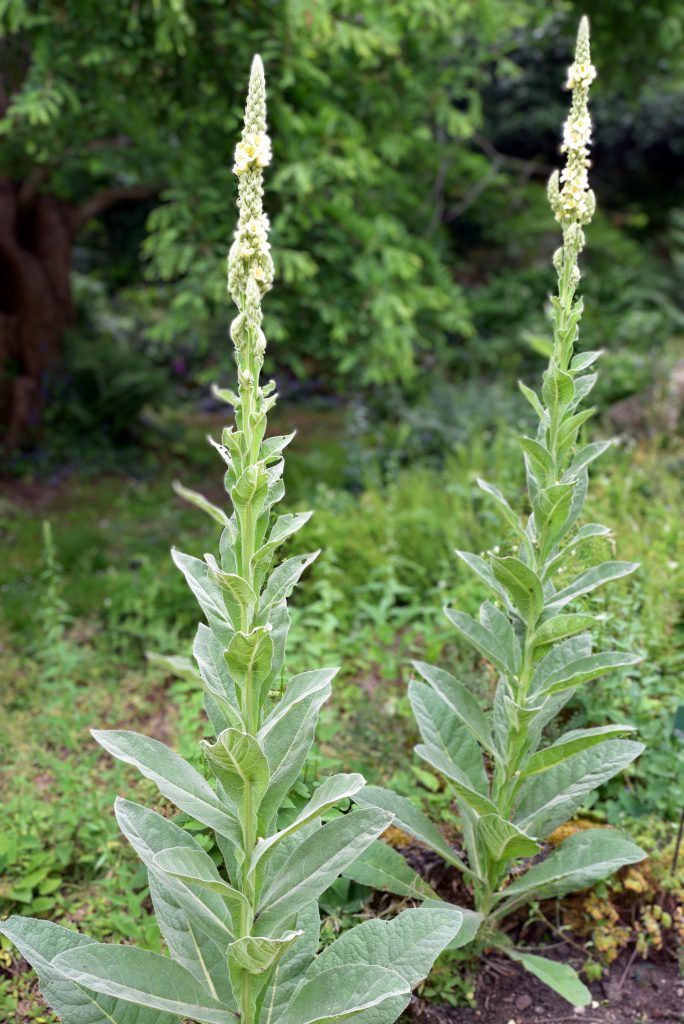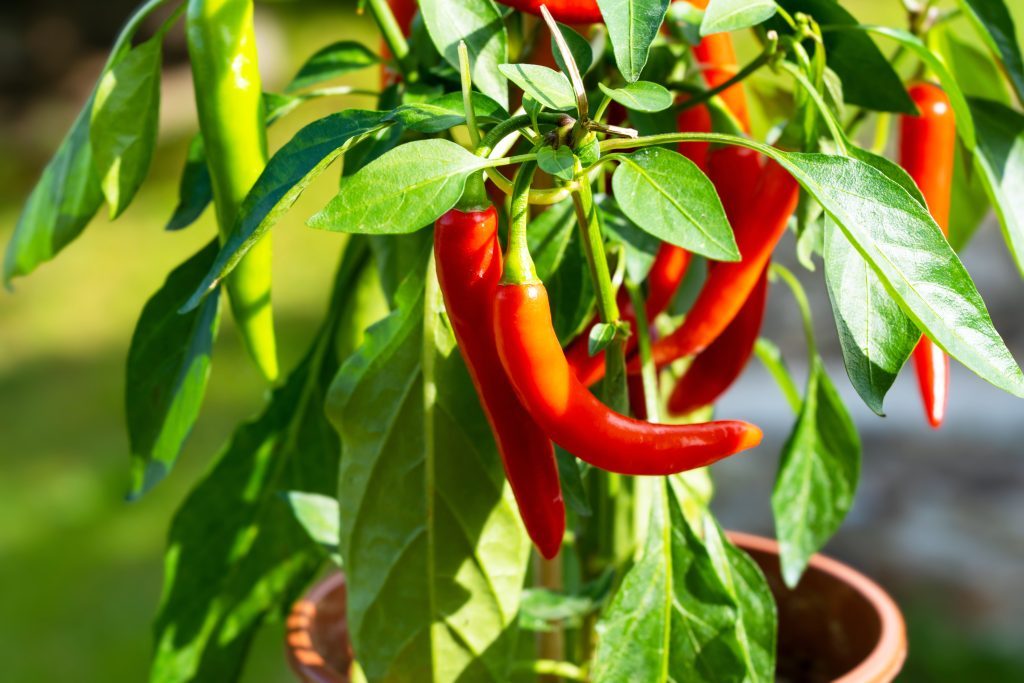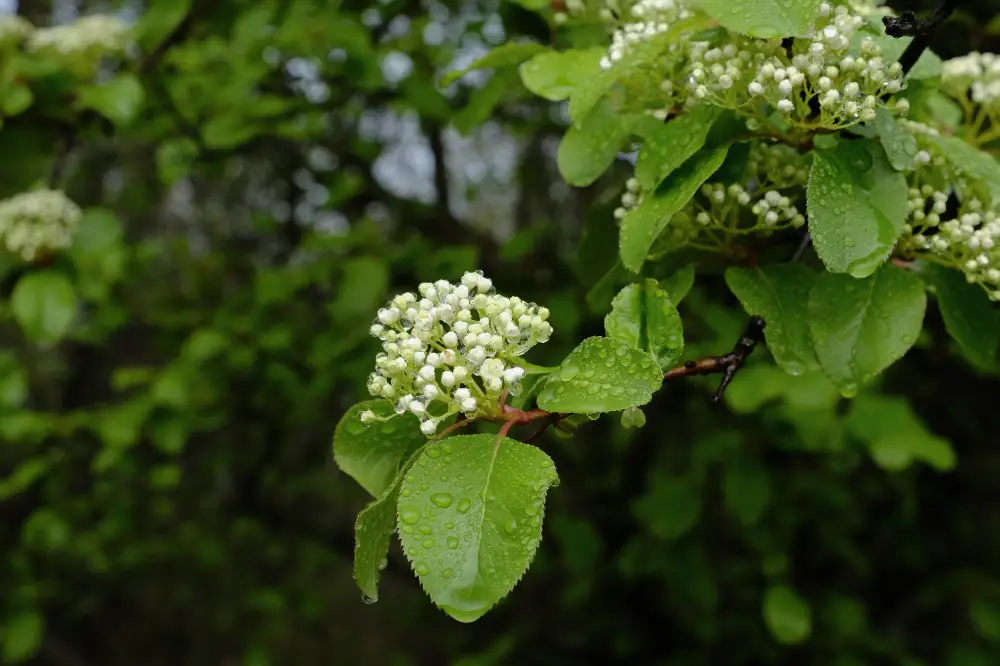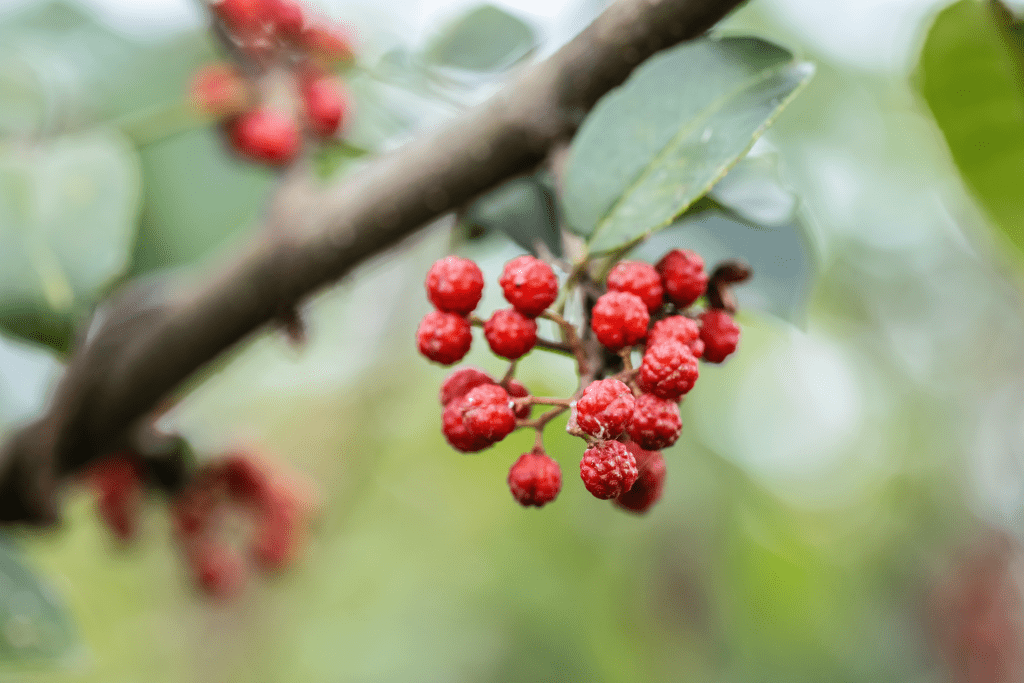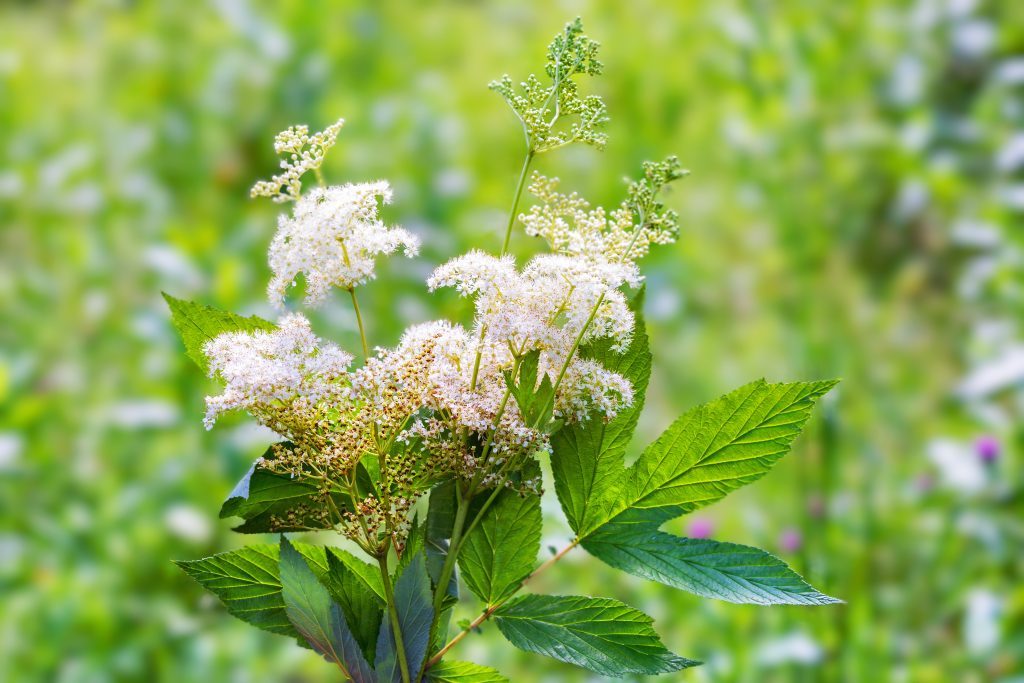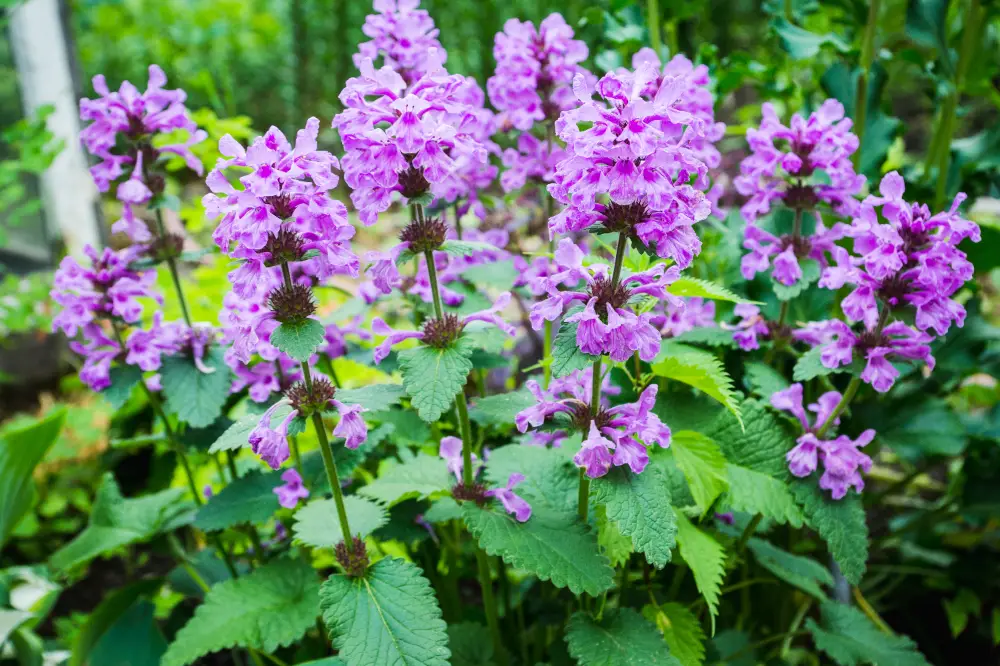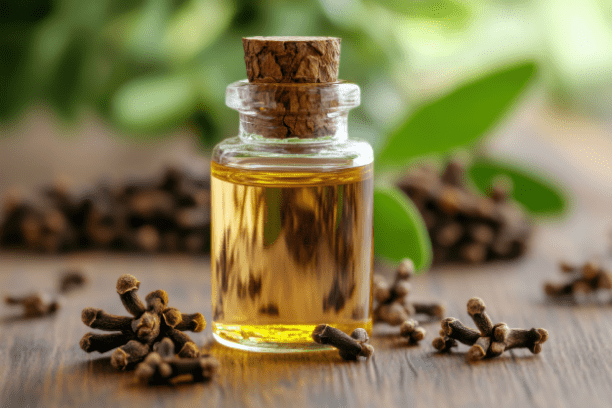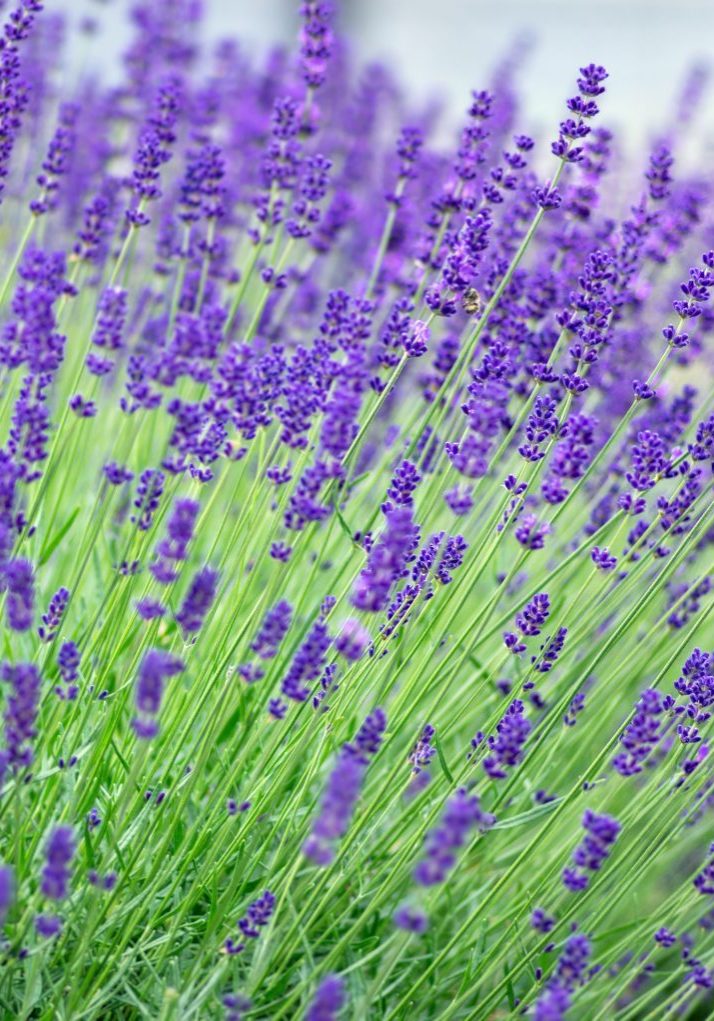
Lavender
Lavandula officinalis var. intermedia, syn. L. angustifolia
Laminaceae (Mint Family)
“The Hybrid Healer: A Powerful Blend of Relaxation and Healing from Nature’s Most Beloved Herb.”
Other names:
Lavandin, Hybrid Lavender, Dutch Lavender
Superpower
The potent calming and healing properties, blending the best of Lavandula angustifolia (English Lavender) and Lavandula latifolia (Spike Lavender). It is a hybrid that offers relaxation, anti-inflammatory benefits, and the ability to soothe anxiety, improve sleep, and provide relief from pain
Uses
Relaxation and Stress Relief: Lavandin has been used historically in herbal medicine and aromatherapy for its potent calming effects. The essential oil from Lavandin flowers is often used to promote relaxation, reduce anxiety, and soothe nervous tension.
Skin Healing and Burns: Lavandin has also been traditionally applied to burns, cuts, and insect bites to promote healing and reduce inflammation. Its antiseptic properties help prevent infections in minor wounds.
Repelling Insects: Historically, Lavandin has been used as a natural insect repellent, keeping away mosquitoes and moths due to its strong fragrance.
Current Uses:
Aromatherapy: Today, Lavandin is a staple in aromatherapy for its relaxing and soothing effects, used to ease stress, promote better sleep, and alleviate headaches.
Cosmetics and Skin Care: Lavandin essential oil is commonly found in soaps, lotions, and perfumes due to its antiseptic and anti-inflammatory properties. It is also used in skin care for its ability to improve the appearance of acne and soothe irritated skin.
Pain Relief: Modern herbalists recommend Lavandin for muscle aches and joint pain, often through massage oils or bath soaks to help relax muscle tension and provide pain relief.
Cautions
Toxicity:
None expected within recommended doses. Lavandin is generally considered safe when used topically or in aromatherapy at recommended amounts.
Contraindications:
Internal Use of Essential Oil: The internal use of Lavandin essential oil (EO) is contraindicated unless under the supervision of a healthcare professional. However, capsules containing Lavandin oil in a carrier oil have been used safely in doses of 80-120 mg/day for certain therapeutic purposes.
Use in Infants and Children:
Lavender is considered safe for infants and children when used appropriately. It can be used in diluted form for gentle skin care, relaxation, and sleep support. Lavender hydrosol or a few drops of diluted essential oil can be added to baths or used in a diffuser to promote calmness. A mild infusion of lavender flowers may also be used to soothe digestive discomfort or restlessness in young children. As with all herbs, topical use should be patch-tested for potential sensitivity, and essential oil should always be diluted properly before application.
Interactions:
None known: There are no known significant interactions with medications or other substances.
Known Chemical Constituents
Volatile Oils:
-
- Linalyl acetate: Contributes to Lavandin’s calming and relaxing effects.
- Linalool: Known for its anti-anxiety and sedative properties.
- Geraniol: Offers antibacterial and antimicrobial benefits.
- Cineole: Provides decongestant and anti-inflammatory effects.
- Limonene: Known for its uplifting scent and mood-enhancing properties.
Flavonoids:
-
- Luteolin: A potent antioxidant with anti-inflammatory properties, supporting overall skin health and reducing oxidative stress.
Tannins:
-
- Known for their astringent properties, helping to tone skin and reduce inflammation.
Triterpenes:
-
- Ursolic acid: Has anti-inflammatory and antimicrobial properties, aiding in wound healing and skin repair.
Botanical Description
Growth Habit:
Lavandin is a woody perennial shrub that typically grows between 30 to 60 cm (1 to 2 feet) in height, though some varieties can grow taller. It forms bushy, compact mounds of fragrant leaves and flowers.
Leaves:
The leaves are narrow, gray-green, and aromatic. They are usually linear to lanceolate in shape and covered in fine, silvery hairs that help the plant retain moisture in dry climates.
Flowers:
Lavandin produces long spikes of violet-blue to lilac-colored flowers on tall stems, which are highly fragrant. The flowers bloom in summer and are denser than true lavender. Lavandin flowers are highly valued for their essential oil, which is used in aromatherapy, cosmetics, and culinary applications.
Fun Facts
Lavandin is widely used in the cosmetic industry due to its abundant oil yields and strong scent.
Parts Used
Flowers
Harvest
Timing:
Lavandin is best harvested when the flower spikes are in full bloom, typically during the summer months. The flowers should be harvested just before they fully open, as this is when the essential oil concentration is at its peak.
Method:
- Flowers are cut from the plant, ideally in the morning when the oils are most potent. The flowers are typically cut with the stems intact, allowing for easy bundling and drying.
- After harvesting, the flower spikes are often hung in bundles or spread out to dry in a well-ventilated and shaded area. This ensures that the flowers retain their aroma and medicinal qualities.
Sustainability:
Lavandin is a perennial shrub, so care should be taken to prune the plant properly during harvest, which will encourage future growth. After pruning, the plant often reblooms, providing a second harvest.
Preparations
Essential Oil: The most popular form, Lavandin essential oil is used in aromatherapy to promote calmness and reduce anxiety. It can be used in diffusers, added to massage oils, or applied topically (when diluted) for muscle relief and skin healing.
Infusion: Lavandin flowers can be used in teas to help with sleep disorders, nervous tension, and digestive issues.
Bath Soaks: Adding Lavandin to bath water can help to relax muscles, reduce stress, and promote mental clarity.
Topical Use: It can be made into lotions, creams, or balms for its anti-inflammatory and antiseptic effects on the skin.
Sacred Rituals
Burned as incense for purification and to promote tranquility.
Affirmations
“I am surrounded by peace, clarity, and calm. I release all tension and invite tranquility into my life.”
Spiritual Associations
It is believed to help cleanse negative energy, and its soothing scent is often used in meditation and rituals to promote spiritual awareness and connection to the higher self.
Functions
A substance or agent that helps prevent, alleviate, or manage symptoms of rheumatic conditions, including joint inflammation, stiffness, and pain.
AntimicrobialA substance or agent that inhibits the growth of or destroys microorganisms, including bacteria, viruses, fungi, and protozoa.
AntisepticA substance or agent that prevents the growth of or destroys microorganisms on living tissues, reducing the risk of infection.
AntispasmodicA substance or agent that helps relieve or prevent involuntary muscle spasms, cramps, or contractions in smooth or skeletal muscles.
Emmenagogue (stimulate menstrual flow)An emmenagogue is a substance that stimulates or regulates menstrual flow and can help address menstrual irregularities or delayed periods.
Nervine relaxantA nervine relaxant is a substance that calms and soothes the nervous system, reducing tension, stress, and anxiety, and promoting a sense of relaxation and peace.
RubefacientA substance that increases blood flow to the skin, causing mild irritation or redness, and is typically used to relieve pain or stiffness in the underlying tissues.
Sleep Quality ImprovementSleep quality improvement involves interventions that enhance the depth, continuity, and restorative nature of sleep, leading to better overall health, mood, and daytime functioning.
StressStress is a physical, emotional, or mental response to external or internal pressures, often characterized by feelings of tension, overwhelm, or exhaustion, and can impact overall health if prolonged.
Uterine stimulantA substance that increases contractions of the uterine muscles, often used to help initiate or support labor or promote menstrual flow.

